If you dream of enjoying aromatic espresso, cappuccino or latte not only in a cafe and at work, but also at home, you should think about: should you choose a horn espresso coffee maker or a coffee machine? In this text, we will tell you about the fundamental differences between them and help you determine which type of equipment will suit you best depending on your preferences and experience.
The main differences between a coffee maker and a coffee machine
On the one hand, this is a matter of terminology, but in the Russian-speaking world, a coffee machine is usually called a device with the most automated brewing processes: just pour water and add coffee. The coffee machine has preset recipes for various coffee drinks, taking into account the proportions of coffee, water and milk foam specified by the manufacturer, which, however, can be customized. If the coffee machine can be controlled from a smartphone, the customization options are expanded, and you can create your own recipes. However, some models also offer flexible settings via the control panel, although control from a phone is often more convenient.
It should be noted that not all coffee machines prepare espresso-based drinks — there are also drip models, and even unusual combinations. In this article, we will focus on the main type: a coffee machine as a device for the automatic preparation of espresso and other drinks based on it.
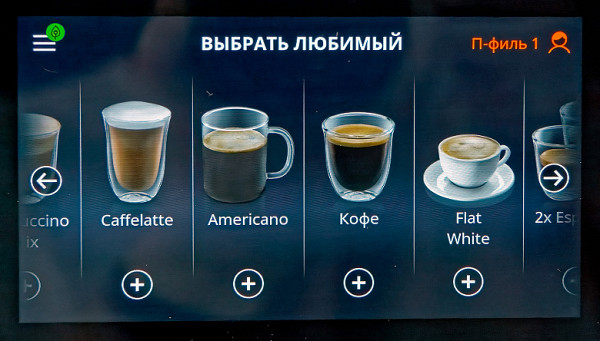
The user of an espresso coffee maker must measure, grind and pour the coffee into the horn, tamp it into a tablet (if pods or capsules are not used), and then start the brewing process. Coffee makers have a limited number of automatic programs, there is often no setting for the strength of the drink, and the portion size is regulated only by turning off the water supply. Some models can make latte and cappuccino with “one button”, but this is, in fact, the limit of the automation capabilities of such devices.
Coffee machines always have a built-in coffee grinder, and espresso is prepared from freshly ground coffee. Many models also have a compartment for ground coffee, which allows you to use a ready-made product.
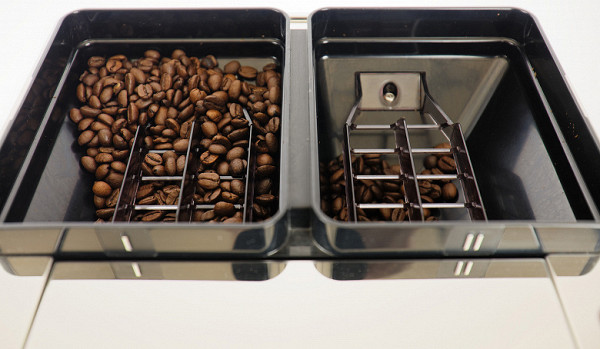
To get a quality drink in a coffee maker, you need freshly ground coffee of the right roast, prepared in a burr grinder, which can cost more than the coffee maker itself (or you can buy small portions of already ground coffee). Rotary grinders, used by some baristas, are criticized for not providing an even grind — they work on the principle of a blender, overheating the beans and losing their flavor. Good coffee machines always have a burr grinder, and many experts consider ceramic burrs preferable, although this is a subject of debate. For example, DeLonghi coffee machines are equipped with excellent metal burrs.
The user of a horn coffee maker must form the coffee tablet himself: measure out the required amount of ground coffee and tamp it in the portafilter with a tamper to achieve the desired density.
In inexpensive horn coffee makers, water often passes through the portafilter too quickly and under excessive pressure. The correct pressure for making espresso is 9-10 bar, while in most home coffee makers this pressure reaches 15 bar, which complicates the normal extraction of aromatic substances. If the water is not heated to the required temperature (92-93 degrees), the process deteriorates. High-quality coffee machines and semi-professional horn coffee makers provide optimal pressure thanks to special valves, and the automation is responsible for the correct proportions of coffee, water volume and pouring time, although much depends on the model and manufacturer.

In low- and mid-priced coffee makers that have the above-mentioned shortcomings, it is often impossible to obtain crema — the elastic and thick foam that is typical of quality espresso. Although there will be foam on the surface of the drink, this is due to the so-called “enhancer” — a double mesh in the coffee basket or a double bottom in the horn. This device helps equalize the pressure, especially if the coffee is ground too coarsely, so that the water seeps out slowly, creating a light foam. However, this foam is not a full-fledged crema. On the one hand, this solution guarantees the presence of foam even from poorly ground or old coffee, on the other hand, the taste of the drink does not improve. To avoid artificial foam formation, experienced users often replace the basket with an enhancer for a regular one. Coffee machines usually do not have such a device, so crema is obtained naturally without additional manipulations.
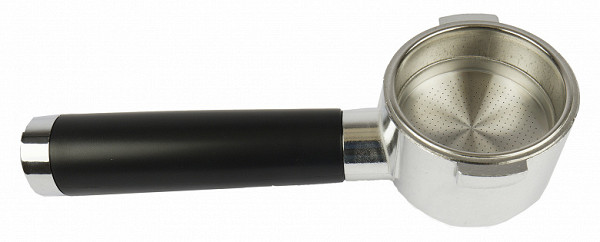
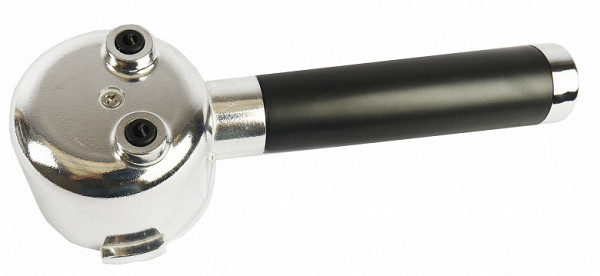
Let's define the concept of espresso
Many baristas claim that it is almost impossible to achieve real espresso at home (a drink of a certain temperature and high density, prepared with the right proportions of coffee and water, and taking into account the parameters of pressure, temperature and pouring time). This requires either an expensive premium coffee machine, or a semi-professional horn coffee maker without improvers and with an 18 gram basket, or professional equipment used in cafes. However, we will consider a drink prepared at home using a coffee machine, a prosumer horn or a budget coffee maker, close to espresso and call it espresso.
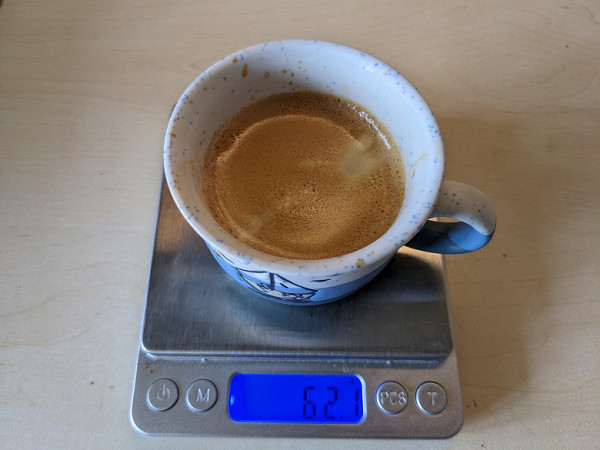
The choice between a «coffee maker and a coffee machine» depends not only on their functionality, but also on the user's preferences. It is important to consider what kind of coffee drink he prefers, how much time and effort he is willing to spend on making coffee, and whether he is willing to invest in additional equipment for the coffee maker, which may be necessary even for models with a «one-button» function if you want to get a quality drink.
How does a coffee machine work?
Coffee machines automatically measure out the required amount of coffee based on the user’s selected or preset settings. They grind the beans, form a tablet in the brewing unit (the user does not need to measure or tamp anything), heat the brewing unit and heat the water. Then, under pressure, the water passes through the formed coffee tablet, having previously moistened it to reveal the aroma.
Most coffee machines have a valve that releases excess pressure during the pour, preventing the water from filtering too quickly, which can lead to under- or over-extraction. It is important to remember that extraction time depends not only on pressure and temperature, but also on the roasting and grinding of the coffee. Therefore, you should choose beans intended for espresso so that their characteristics match the parameters used in the coffee machine. For example, light roast coffee will require a higher temperature and more time to extract than medium or dark roast coffee.

Drinks with milk foam can be prepared both automatically and manually in a pitcher. The automatic method is easier to obtain foam, but requires more care: the tube and milk supply system must be washed after each use. The manual method is preferred by professionals, since with skill you can achieve thick and strong foam, and cleaning the manual cappuccino maker requires only external treatment — the inner tube is enough to blow out with steam.
How to care for a coffee machine?
It is necessary to clean the machine from scale, oils and dirt at intervals specified by the manufacturer or as needed. When buying, it is important to clarify which internal parts can be removed for cleaning, and whether there are any hard-to-reach places in the design that will require the help of a specialist. As already mentioned, the more expensive and high-quality the machine, the easier it is to maintain.
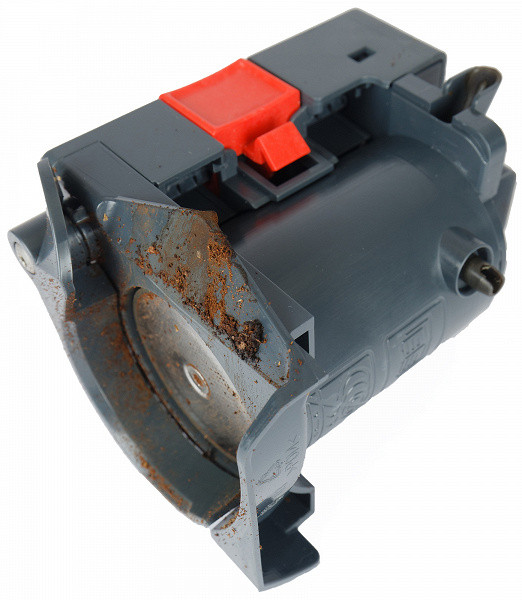
Do I need to buy accessories for my coffee machine other than cleaning products?
No, unless you want a milk jug that is not included with the machine.
How does a budget coffee maker work?
Ground coffee is placed in the horn basket by the user, who also tamps it, forming a tablet taking into account the grind, looseness of the coffee powder and the pressure of the coffee maker. In budget models, the pressure is often too high, so it is important to properly compact the tablet and use a fine grind (but not into dust, as for Turkish coffee). Before brewing, there are two options: you can measure out 9 or 18 grams of beans on the scales and grind for one serving, or weigh the horn together with the ground coffee before tamping to get as close as possible to the desired gram. Some baristas recommend preheating the horn while the coffee maker is warming up. The user places the horn with the basket under the brewing unit and the cup under the horn. If the readiness indicator is on, turn on the water supply, which first slightly moistens the tablet (if there is a pre-wetting function), and then passes through the horn and coffee, as a result of which coffee appears in the cup. It's not a perfect espresso, but it's a decent drink if you get the hang of it.
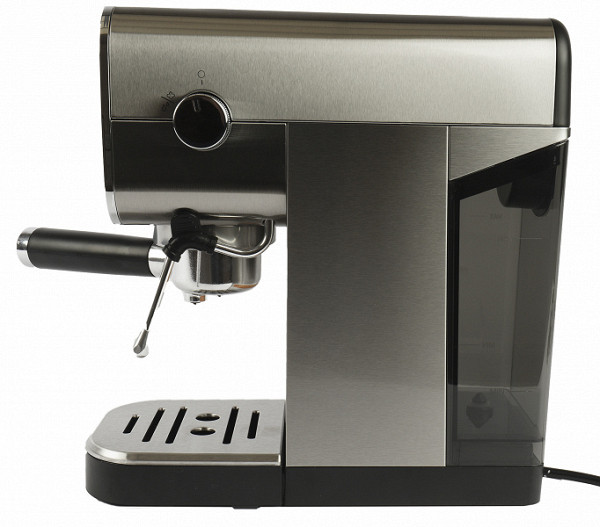
Budget coffee makers also prepare milk foam either automatically or with the help of a manual cappuccino maker. Everything said above in the section «How the coffee machine works» is true for them.
How to care for a budget horn coffee maker?
As a rule, washing is only possible with the use of a special agent, since it is not always known what materials the internal components are made of. In budget models, access to these parts is limited, and craftsmen note that the complex access system is designed intentionally — there may be fragile structures in these places.
For full use of such a device, it is advisable to additionally have:
- a burr coffee grinder (a high-quality one can cost as much as a budget coffee maker, and sometimes more);
- scales (specialized scales for baristas are preferable, although some use jewelry scales, but they are inconvenient for weighing the entire horn). The accuracy of the scales should be high — up to a gram.
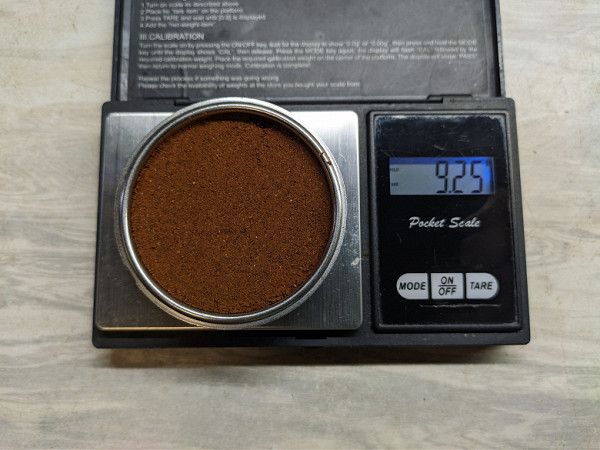

- tamper (a plastic tamper is included, but it is unlikely to provide 20 kg of pressure on a coffee tablet)
How does a prosumer semi-professional espresso machine work?
In general, a prosumer coffee maker is similar to a budget one, but it does not have baskets with improvers, and the pressure and temperature are more in line with the parameters for making espresso. Usually, the cappuccino maker is manual. There is an important nuance: prosumer coffee makers take a long time to warm up, so you will have to be patient in the morning — you will not be able to get your first cup of coffee right away. Some models, for example, De'Longhi La Specialista, have built-in coffee grinders.

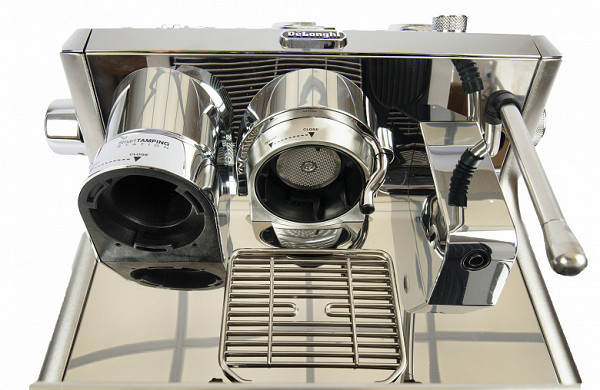
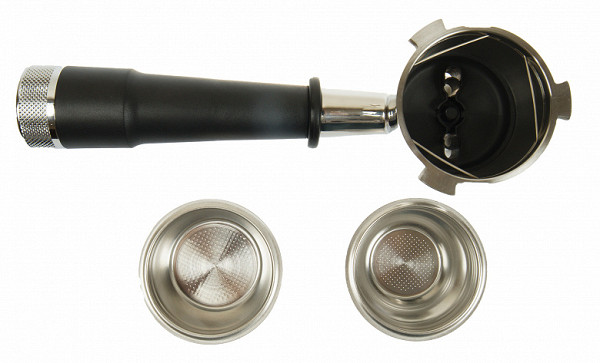
How to care for a prosumer espresso machine?
Maintenance consists of descaling as needed and cleaning the system of coffee oils with a special agent.
Do I need to buy accessories other than cleaning products?
Yes, the same set: burr coffee grinder (if there is no built-in one), tamper, scales.
What follows from this and what to choose?
If you want a coffee shop-like drink that is close in taste, density and temperature to espresso, you should choose a coffee machine with a large brewing unit. Espresso lovers often note that coffee machines do not use enough coffee, which is why the drink is less strong and rich. Many prefer to make a double espresso, using 14-16 grams of coffee per serving. An alternative is a prosumer portafilter, but it requires more time and effort to learn and prepare.
If you care about a taste close to espresso, but do not have time to experiment, it is better to choose a coffee machine. If you love lattes and cappuccinos, but do not want to learn how to work with a manual cappuccino maker, choose a model with an automatic one — just do not forget to clean it.
If you are not a gourmet, often buy ground coffee and make coffee occasionally, start with a budget coffee maker. If your family drinks a lot of coffee, it is worth investing in a coffee machine, remembering to clean it regularly.
A question is often asked whether it is possible to do without additional investments in a burr grinder, tamper and scales. It is possible, but the quality of the drink will be lower. Without additional accessories, the result will not be good right away: it will require practice and analysis of errors.
***
Choosing espresso equipment becomes easy if you are aware of your desires, habits and possibilities. Making coffee can be a creative process, and the result can be a real work of art. However, it can also turn into a routine, and the quality of the drink will depend on the chosen model, the type of coffee, its roasting and grinding, milk and the effort you are willing to put in.
